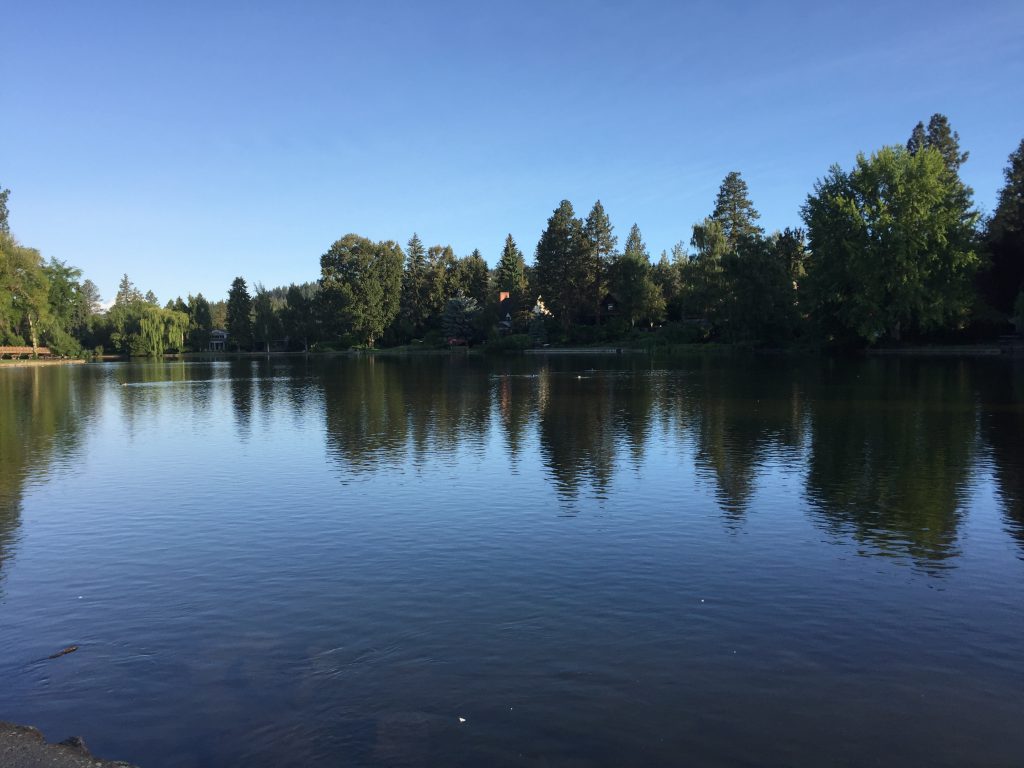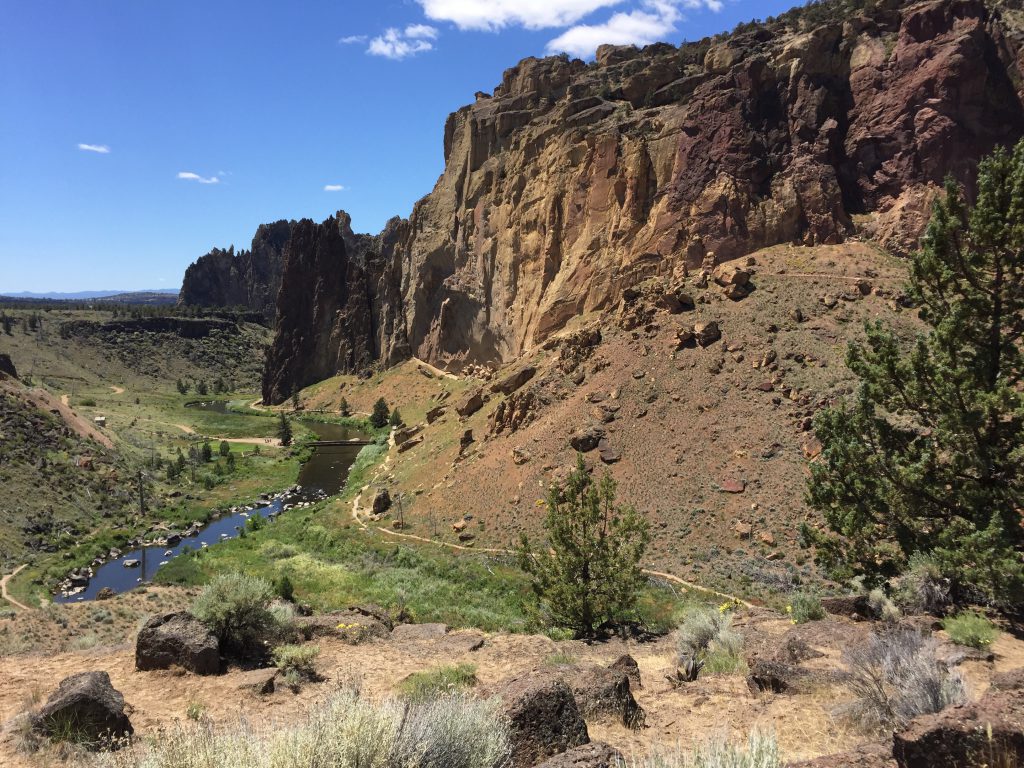Sustainable Oregon Report
I was fortunate to be awarded a scholarship to attend the Association of Oregon Recyclers annual convention, Sustainable Oregon, from 19 – 21 June. The conference was held in beautiful Bend, and about 250 people from all over Oregon and Washington attended. It was hard to choose sometimes from the sessions on offer, and it was the keynote that really hit home, and has caused me to look at recycling with new eyes.

Megan Ponder, formerly of Portland Bureau of Planning and Sustainability, spoke on “The Story of Plastic.” This is a film project from the same people who brought us The Story of Stuff. Megan and her team spent two years traveling the globe, learning from the people who are facing the challenge of the onslaught of plastic waste. Half of all of the plastic ever made was made in the last 15 years. Let’s repeat that.
Half of all of the plastic ever made was made in the last 15 years.
Only 9% or all of that plastic has ever been recycled. And recycling is not the virtuous activity we all think it is. You may have heard something about how China has stopped buying recyclables from the US. The policy is called “National Sword,” and it has disrupted every municipal recycling program in the US, as well as in Canada and Europe. There is a good description here.
Basically, our comingled recycling bins contain too much actual garbage, as well as things that aren’t recyclable, no matter how much we want them to be. That Frappuccino cup from Starbucks. It’s plastic, right? It’s got some sort of a number in a triangle. So you toss it in the recycling bin. Even though the insert you got with our garbage bill said not to, you figure that it should be recyclable, right? Or someone will sort it out.

That someone used to be in China. Everything that goes into your comingled recyclable bin gets baled up and sent to a Materials Recovery Facility. Martin Borque has been running Berkeley’s recycling program since 2000. In 2016, he wanted to see what happened to all of the material that virtuous Berkeley residents had been painstakingly (or not so painstakingly) separating out. He put a GPS transponder into one of the bales that was sold to a Chinese broker, and colleagues in China helped track it. He found that the bale ended up in the courtyard of a Chinese home, where a family sorted through it by hand, pulling out what was valuable and dumping the rest.
Oil and gas companies are expanding their plastics business aggressively into developing markets in Asia and Africa, where garbage collection, let alone recycling infrastructure, is not set up to handle the growing influx of plastic packaging. Multi-layer plastic packaging has replaced older materials like paper or metal. Plastic waste is dumped or burned in the open.
“Ending up in the landfill” sounds like the worst possible fate. And, to be sure, food waste especially doesn’t belong there. But given the choice between disposal in a regulated landfill here in Oregon, or getting dumped in a river in Indonesia, I would now choose to throw that plastic cup in the garbage can. Of course, better not to make it to begin with. “Producer responsibility” was a big theme in Megan Ponder’s talk, and a later session at the conference focused on the first two R’s: reducing and reusing.

Recycling feels good. Throwing things in the trash feels bad. But it’s time to be honest about what is actually happening to all of the things we buy, use once, and then throw “away.” They haven’t gone away, and the won’t for thousands of years.
Tags: newsletter, Recycling, Waste